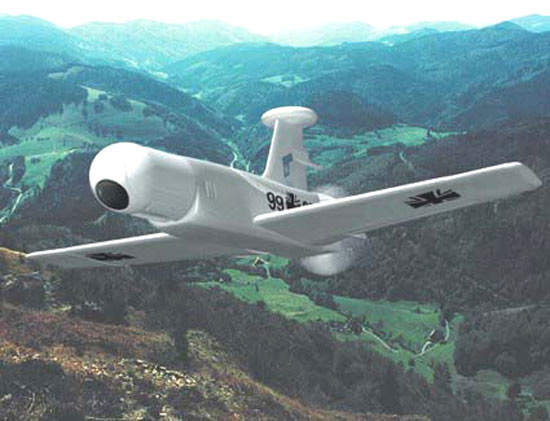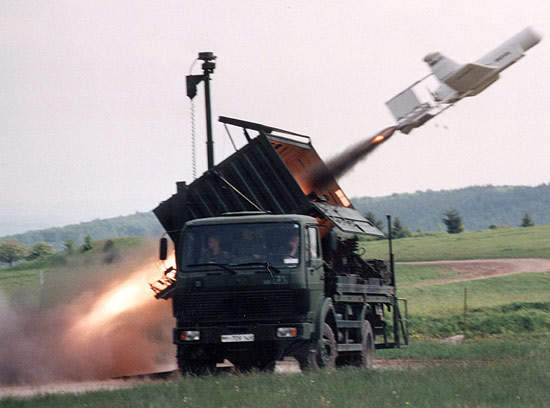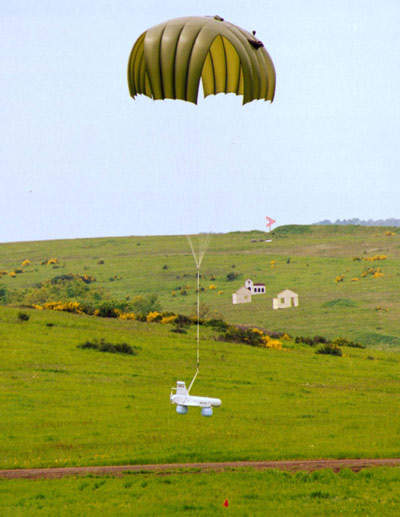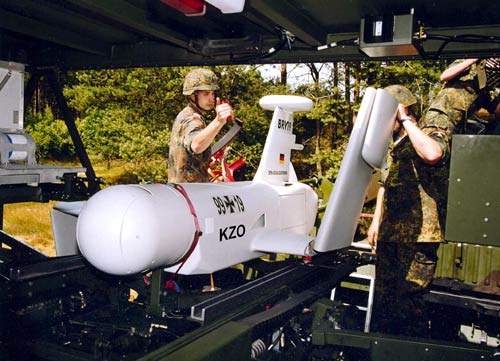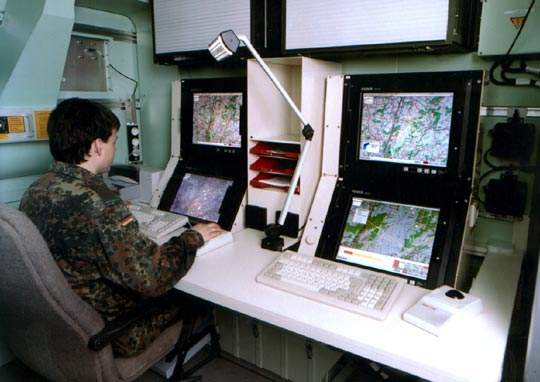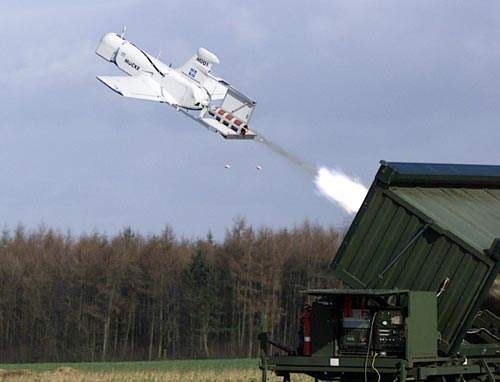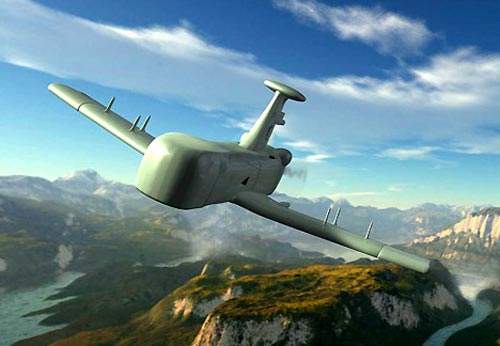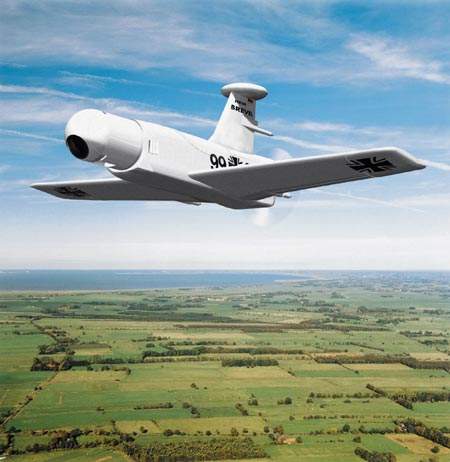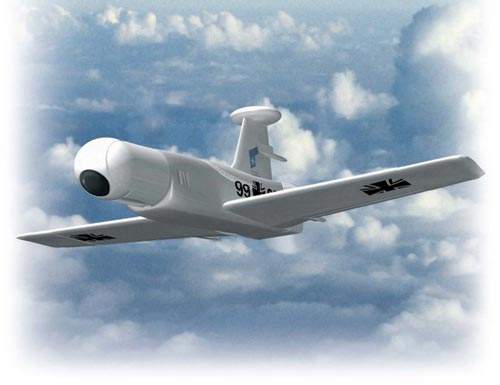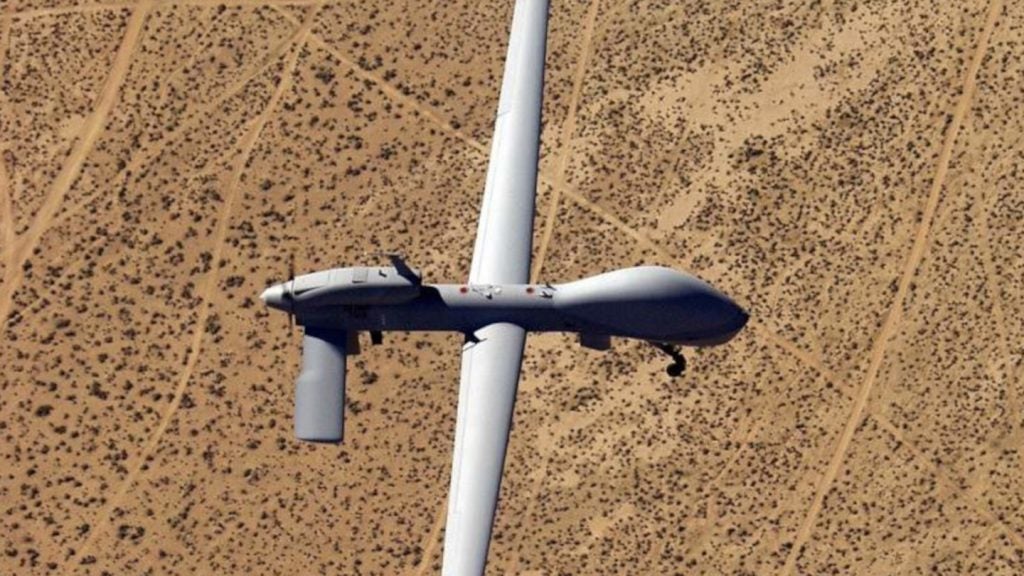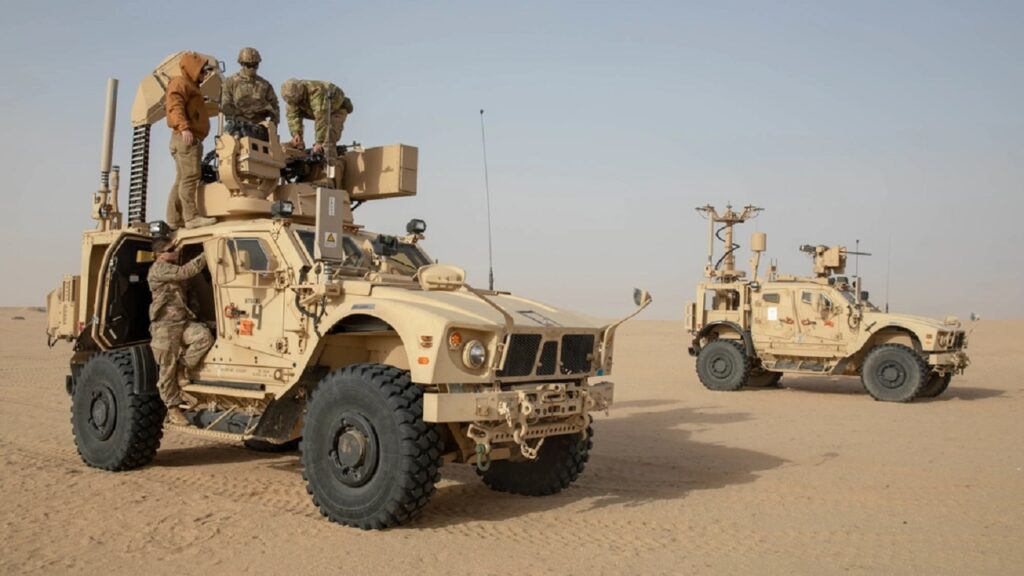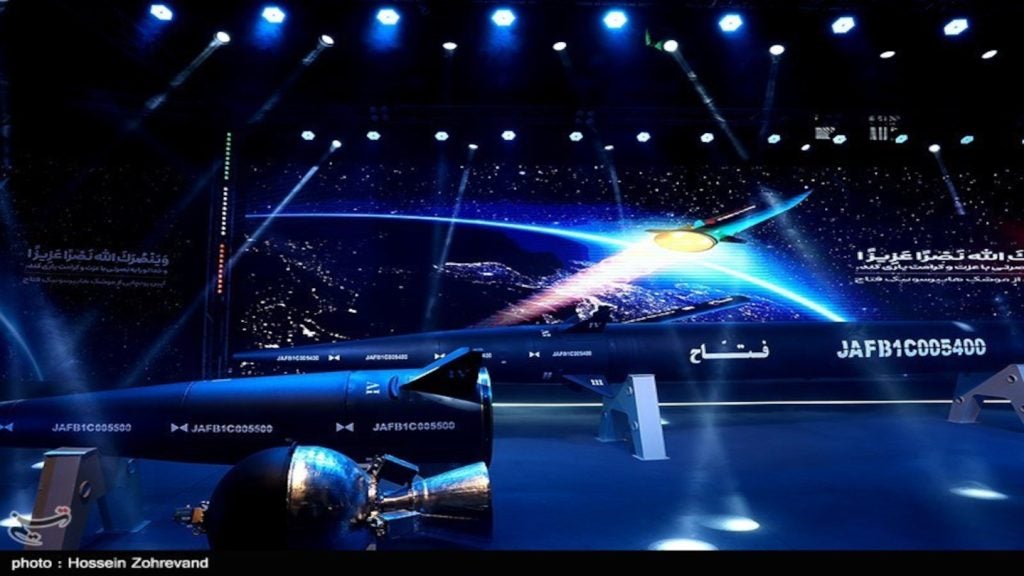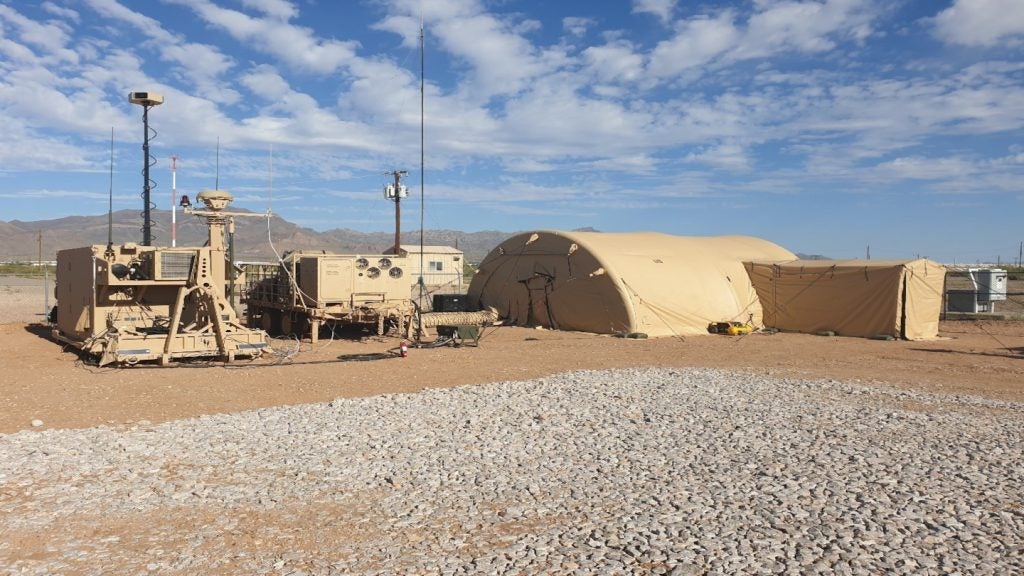
The KZO small reconnaissance and target acquisition unmanned air vehicle (UAV).
Rheinmetall DeTec (formerly STN Atlas Elektronik) has been contracted to supply six Kleinflugger Zielortung (KZO) small unmanned air vehicle reconnaissance and target acquisition systems for the German Army. The order was placed in December 2001. The first KZO system was delivered to the German Army in 1998 for evaluation and a series of troop trials was successfully completed.
The first of five production KZO systems for the German Army was delivered in November 2005. The The remainder will be delivered by early 2009, giving the army 60 air vehicles and 12 ground systems.
The German Army has fielded the KZO UAV in Afghanistan since February 2006.
In a teaming agreement with Radwar and PIT of Poland’s BUMAR Group, Rheinmetall is offering the KZO UAV for the Polish armed forces requirement for a tactical reconnaissance system.
KZO target acquisition UAV
The KZO uses an infrared sensor system to acquire real-time images of targets, as well as position and speed of moving and stationary targets.
The target data is transmitted from the air vehicle over a distance of more than 100km to the ground station, allowing the target data to be used for the effective operation of other assets such as long-range artillery, intelligent artillery munitions, rockets and missiles. The air vehicle system can be deployed in all weathers by day and night.
The air vehicle is a derivative of the Toucan demonstrator experimental unmanned air vehicles developed by STN Atlas.
In December 2004, Rheinmetall DeTec announced an alliance with Teledyne Brown Engineering of the USA to market the Prospector reconnaissance UAV, based on the KZO, in the USA. Prospector is being built at the Teledyne Brown facility in Huntsville, Alabama. In July 2005, Prospector was shortlisted for the Class III battalion level UAV for the US Army’s future combat systems (FCS) programme. However, in January 2007, the US Army cancelled the Class III battalion level UAV component of the programme.
KZO UAV variants
The air vehicle system has been developed in three versions. The KZO has been developed for the German Army, and carries surveillance and observation payloads and can carry a laser ranger and target designator.
The export variant is known as Tucan. The Tucan is capable of carrying a number of different payloads to meet the mission requirements of the customer country.
KZO Mucke Electronic Countermeasures (ECM) UAV
The two electronic warfare versions of the KZO are the Mucke Electronic Countermeasures (ECM) UAV and the Fledermaus Electronic Support Measures (ESM) UAV. The ECM payloads for Mucke include radar jammers in the 20MHz to 110MHz band or in the 100MHz to 500MHz band.
KZO Fledermaus Electronic Support Measures (ESM) UAV
The ESM systems for the Fledermaus include systems for the interception and acquisition of enemy radar and radio communication transmissions. The positional data and the signal characteristics of the hostile signal transmitters are downloaded to the ground control station.
KZO air vehicle
The air vehicle is a low-wing monoplane with a wingspan of 3.42m, length 2.29m and height 0.96m. The small size, composite material construction and stealthy design give low infrared, radar and visual signatures.
KZO UAV payloads
A number of different modular payloads can be selected to meet the operational requirements. The maximum payload weight is 35kg and the maximum launch weight is 162kg.
For the German Army, payloads have included the Zeiss Ophelios WBG FLIR forward looking infrared, operating at 12 micron wavelength, and a Synthetic Aperture Radar (SAR). A recording system installed in the air vehicle allows data storage and delayed transmission of the battlefield or target image data. The data is downloaded from the air vehicle to the ground control station via Ku band data link.
The installation of a laser range finder and target designator allows the KZO system to be used co-operatively with armed systems such as the Tares combat unmanned air vehicle.
Rheinmetall DeTec AG and the French company Safran (formerly Sagem) signed a memorandum of understanding in July 2003 to develop interoperability between Safran’s Sperwer UAV and Rheinmetall’s KZO reconnaissance and targeting UAV and the Tares unmanned combat air vehicle. The armed forces of the six countries deploying these systems will have the capability to exchange tactical and battlefield intelligence and target data and will have access to a common command and control infrastructure.
Engine
The vehicle is powered by a Fichtel and Sachs two-cylinder engine producing 24kW. The engine powers a two-blade push propeller. The German army plans a development programme for a new engine to increase the UAV’s endurance.
Deployment
The number of rapidly deployable mobile batteries used on each mission by the German Army will depend on the operational requirements. One KZO system for the German Army includes ten air vehicles with two ground systems. Each ground system comprises a mobile ground control station with a datalink communications vehicle, a launch vehicle, a recovery vehicle and a refurbishing vehicle.
The shelter for the ground control station is vehicle-mounted and provides nuclear, biological and chemical warfare and electromagnetic pulse protection.
The ground control station, which can simultaneously control two airborne vehicles, is equipped with three computer workstations for mission planning, flight control and monitoring and for display and evaluation of the downloaded image and target data.
The KZO uses the same storage and launch containers and the ground control station as the Taifun unmanned combat vehicle. The launch container (3.05m long, 2.44m wide and 2.44m high) is permanently mounted on a flatbed truck.
A launch site of about 100m×100m is required for the launch of the KZO. The system can be prepared for air vehicle launch within 30 minutes of reaching the launch site. The computer workstation in the command vehicle is used to program in the launch, flight and recovery data and the mission data. The completed data sets are downloaded from the command station to the onboard flight control computer on the air vehicle. The single command uplink allows the flight operator to send updated flight and mission instructions to the air vehicle in flight.
The wings of the air vehicle are folded for storage and transport and are unfolded in preparation for launch. The operator signals the initiation of the launch sequence and the small booster rocket is ignited. The air vehicle is propelled from the launch container and the small booster motor is jettisoned from the air vehicle after launch.
The single command uplink and the image data downlinks are highly robust against hostile jamming. The Ku-band data communications downlink can operate over a range of 150km from the ground-based control. The range is reduced to 100km in extremely dense hostile electronic warfare environments.
Typically, the air vehicle flies to the target area at 150km/h. The maximum speed is 250km/h. Once over the target area the vehicle loiters at a speed of 120km/h. The operating altitude is 300m to 3,500m. The vehicle has an endurance of over three hours 30 minutes.
The air vehicle is not fitted with conventional landing gear but instead achieves an accurate landing using a parachute and airbags. The ground area required for the air vehicle recovery is 200m×200m.

